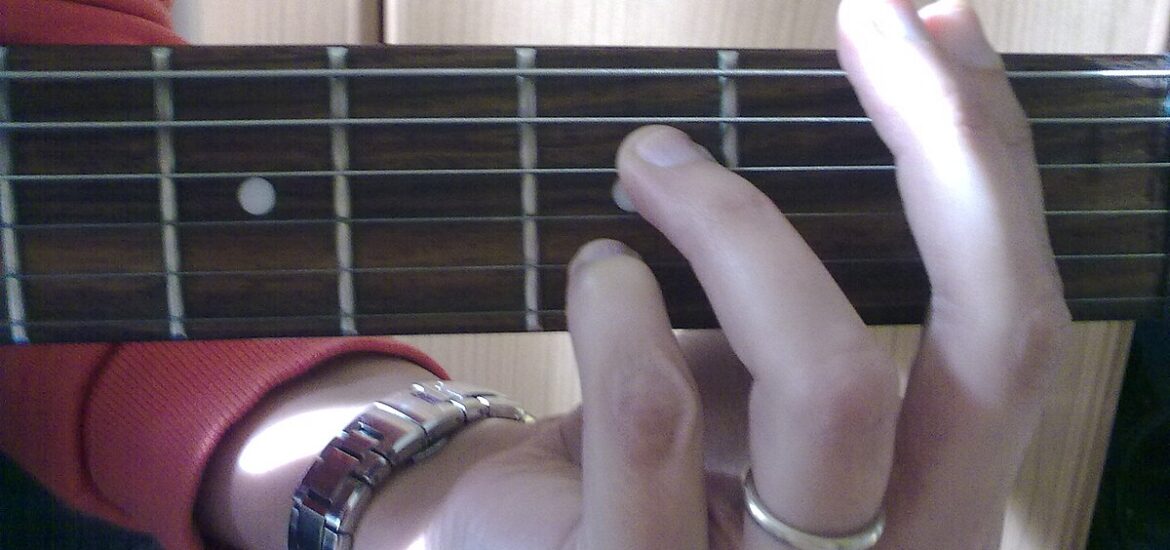If you’re just starting out on your guitar journey, you may find yourself asking why guitar bar chords for beginners are important. Mastering bar chords is a significant step in becoming a well-rounded player, as they offer a wider range of musical possibilities compared to open chords alone.

What Are Guitar Bar Chords?
Bar chords, or barre chords, are formed when you use one finger, typically the index finger, to press down multiple strings across the guitar fretboard.
This technique allows you to take basic chord shapes that you might already know and move them up and down the neck to play chords in different keys without having to reconfigure your hand each time.
Why Learn Bar Chords as a Beginner?
Understanding why guitar bar chords for beginners are critical can make a significant difference in your playing. Here’s why:
- Versatility: Bar chords let you play in any key without having to learn new chord shapes.
- Transitioning: Using bar chords can often make it easier to transition between chords in a song.
- Advanced Techniques: Mastery of bar chords provides a foundation for learning more advanced guitar techniques.
Read more guitar topics here – Guitar Questions: Get the Right Answers to Your Burning Questions
How to Play Basic Bar Chords
To get started with bar chords, follow these detailed steps:
- Position your index finger: Extend your index finger and lay it flat across the fret where the bar is needed. Make sure it covers all the required strings.
- Place your other fingers: With your index finger in place, use your remaining fingers to form the chord shape above the bar. For example, to play a barred E-shape chord, your middle, ring, and pinky fingers will form an E major chord shape while the index creates the bar.
- Check finger placement: Before strumming, pluck each string individually to ensure they all ring clearly. Adjust your fingers as needed.
- Strum the chord: Once you’re confident with your finger placement, give the chord a full strum to hear how it sounds.
Common Mistakes and How to Avoid Them
As you learn, you may encounter some challenges. Here’s how to navigate them:
- Finger Pressure: Apply enough pressure to make the strings ring out but not so much that your hand fatigues quickly.
- Thumb Position: Your thumb should rest midway down the neck, providing a counter-pressure to your barring finger.
- Hand Position: Make sure your wrist is straight and not overly bent to avoid strain.
Practice Tips
Consistency is crucial when it comes to mastering bar chords. Here are some tips:
- Start Slow: Don’t rush through the process. Begin by holding down a bar chord for a few seconds and releasing.
- Use a Metronome: A metronome can help you keep time as you switch between chords.
- Regular Practice: Consistency is key. Aim to practice a little bit every day.
Why Guitar Bar Chords for Beginners?: Conclusion
Mastering bar chords as a beginner opens up an array of musical possibilities that can make you a more versatile guitarist. While it can be challenging initially, with consistent practice and attention to technique, you’ll find that bar chords are an invaluable addition to your guitar skills.
